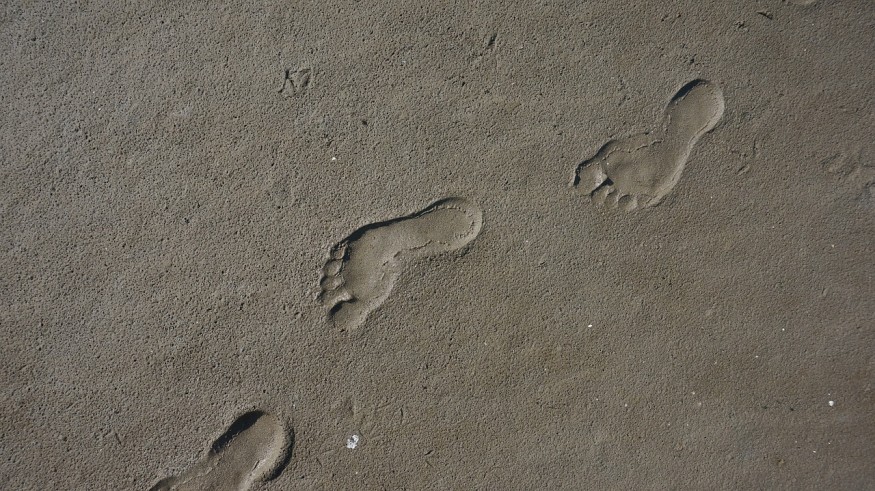
Researchers were able to find a trackway in Morocco that contains 86 well-preserved foot tracks of humans. These could be some of the oldest and best-preserved ones all over the world.
Some of the Oldest, Best-Preserved Human Footprints
The two ancient human footprint trails found on a Moroccan beach make up one of the world's best-preserved, oldest, and largest trackways. The researchers discovered the site close to North Africa's tip back in 2022. They did so as they were looking into boulders from a pocket beach nearby. This is according to the "A Late Pleistocene hominin footprint site on the North African coast of Morocco" study.
Mouncef Sedrati, the study's lead author and an associate coastal dynamics and geomorphology professor from the University of Southern Brittany, explains that the discovery of the first print came as a surprise to them. They were initially not convinced that the track was a footprint. However, they were able to uncover more of the trackway.
The site is currently the single known human trackway site of its kind within the Southern Mediterranean and North Africa. Site analysis revealed two trails that had 85 foot tracks in total. These tracks were stamped into the Moroccan beach by a group consisting of five or more early modern humans.
ALSO READ : Oldest Known Human Footprints in North America Revealed To Be 23,000 Years Old in New Study
Footprints From 90,000 Years Ago
The researchers made use of optically stimulated luminescence dating, which determines when the minerals near or on the artifact last experienced heat or sunlight exposure. Based on the age of the fine quartz grain that make up most of the sand in the gently sloped beach, researchers were able to find that a multigenerational Homo sapiens group walked on the sand around 90,000 years ago.
This took place in the Late Pleistocene, which is also referred to as the last ice age. The era ended roughly 11,700 years ago.
Sedrati explains that they measured the site to see the prints' depth and length. Based on the footprint size as well as foot pressure, they found the individuals' approximate age. The group included adults, adolescents, and children.
The scientists credit the ancient impressions' incredible preservation to various factors, such as the layout of the beach and the tide's long reach. Sedrati explains that what makes it exceptional is the beach's position of a rocky platform coated with sediments of clay. These sediments lead to good conditions for preserving tracks on the sandbar while tides fastly buried the beach.
However, what the ice age group was doing on the coast remains unclear. Future site analysis could shed light on this. It is important to note, however, that quick action is necessary, as the rocky shore platform's ongoing collapse could result in its demise eventually.
Check out more news and information on Archaeology in Science Times.
© 2026 ScienceTimes.com All rights reserved. Do not reproduce without permission. The window to the world of Science Times.











